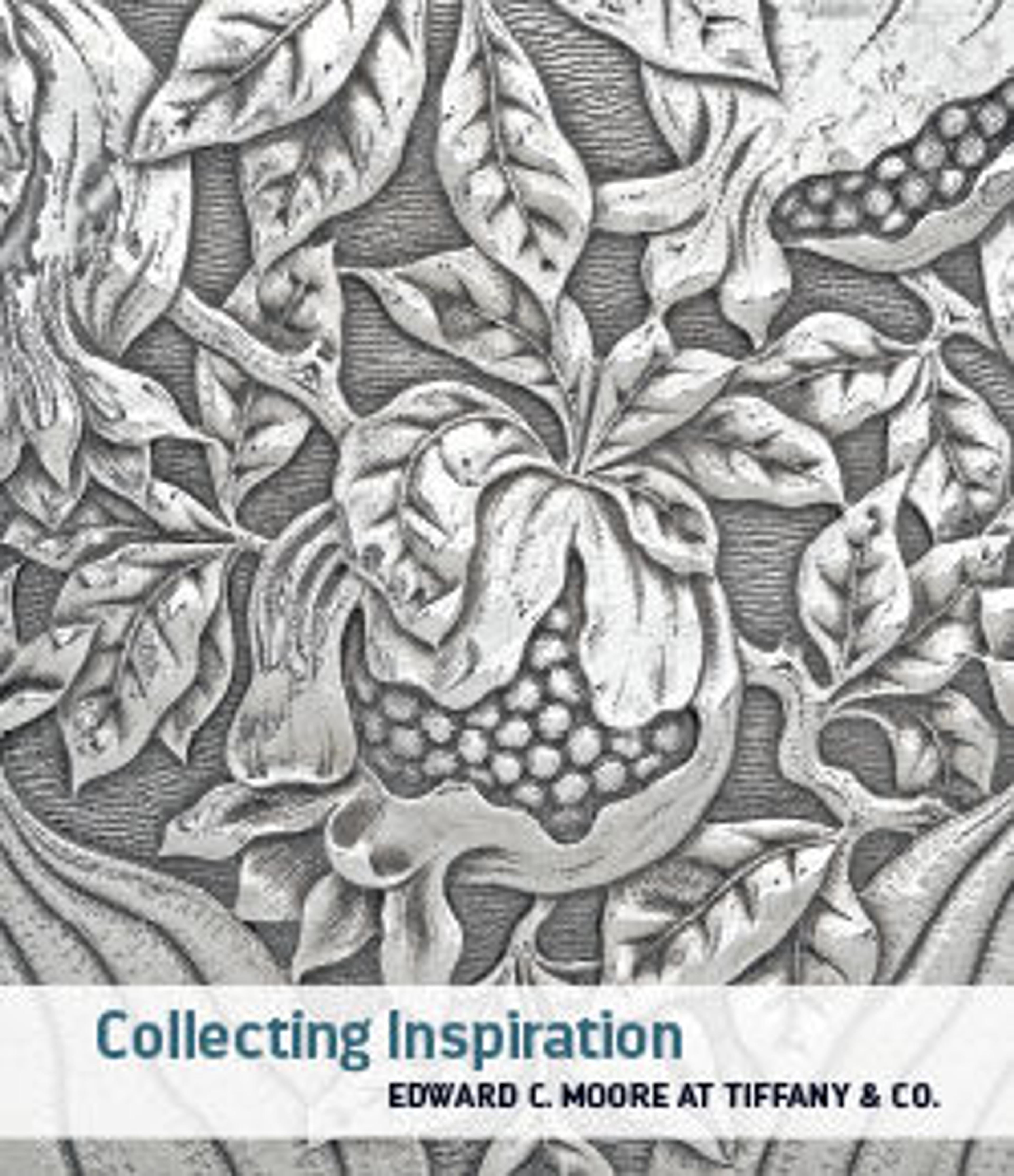Sword Guard (Tsuba) With the Motif of Autumnal Vegetation (秋草透鐔)
This tsuba shows a three-dimensional openwork (nikubori ji-sukashi) of autumnal vegetation (akikusa), with the two hitsu-ana (openings for scabbard accessories) being organically formed by the motif. Please note that the first part of the signature, "Nōshū-jū" (濃州住, "resident of Mino province"), is chiseled whereas the second part, "Mitsunobu + monogram" (光伸「花押」) is inlaid in gold and executed in seal script.
Artwork Details
- Title:Sword Guard (Tsuba) With the Motif of Autumnal Vegetation (秋草透鐔)
- Fittings maker:Mitsunobu (Japanese, Mino province, active 17th century)
- Date:17th century
- Culture:Japanese
- Medium:Iron, gold, copper, silver-copper alloy (shibuichi)
- Dimensions:H. 2 5/16 in. (5.9 cm); W. 2 7/16 in. (6.2 cm); thickness 3/16 in. (0.5 cm); Wt. 2.6 oz. (73.7 g)
- Classification:Sword Furniture-Tsuba
- Credit Line:Edward C. Moore Collection, Bequest of Edward C. Moore, 1891
- Object Number:91.1.757
- Curatorial Department: Arms and Armor
More Artwork
Research Resources
The Met provides unparalleled resources for research and welcomes an international community of students and scholars. The Met's Open Access API is where creators and researchers can connect to the The Met collection. Open Access data and public domain images are available for unrestricted commercial and noncommercial use without permission or fee.
To request images under copyright and other restrictions, please use this Image Request form.
Feedback
We continue to research and examine historical and cultural context for objects in The Met collection. If you have comments or questions about this object record, please contact us using the form below. The Museum looks forward to receiving your comments.
